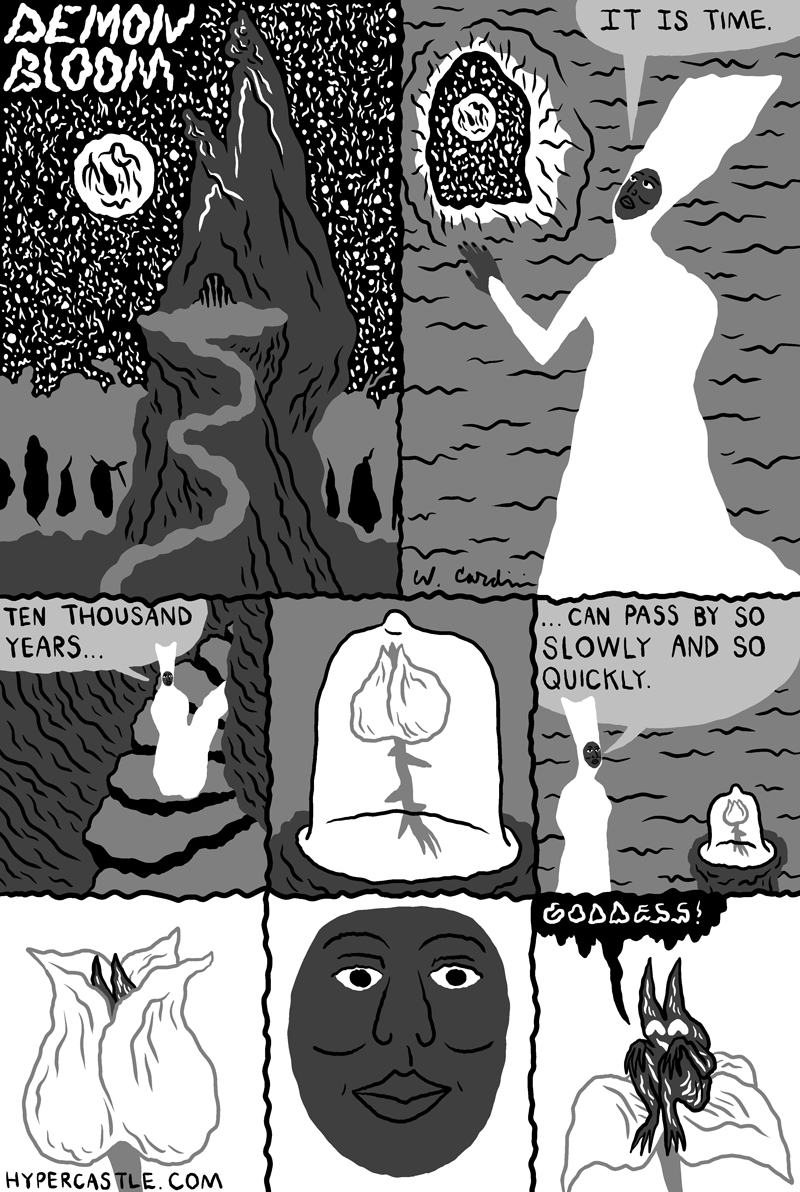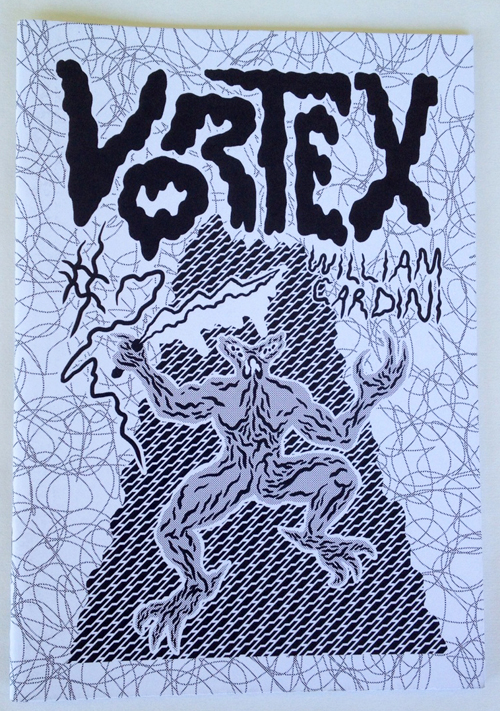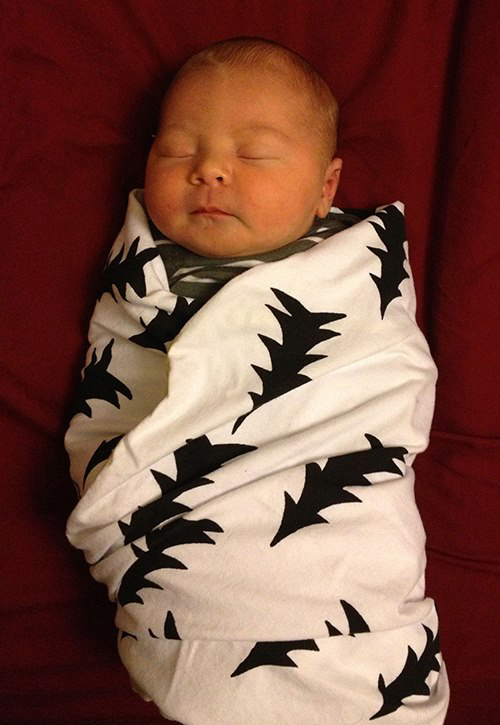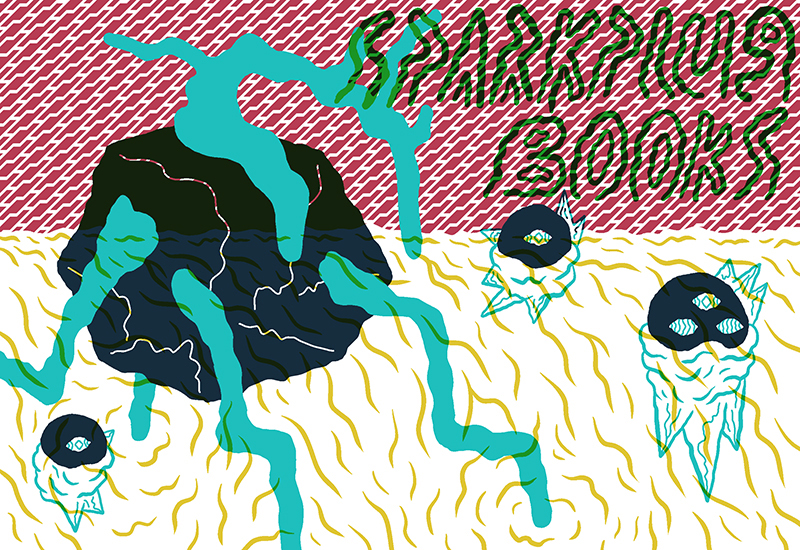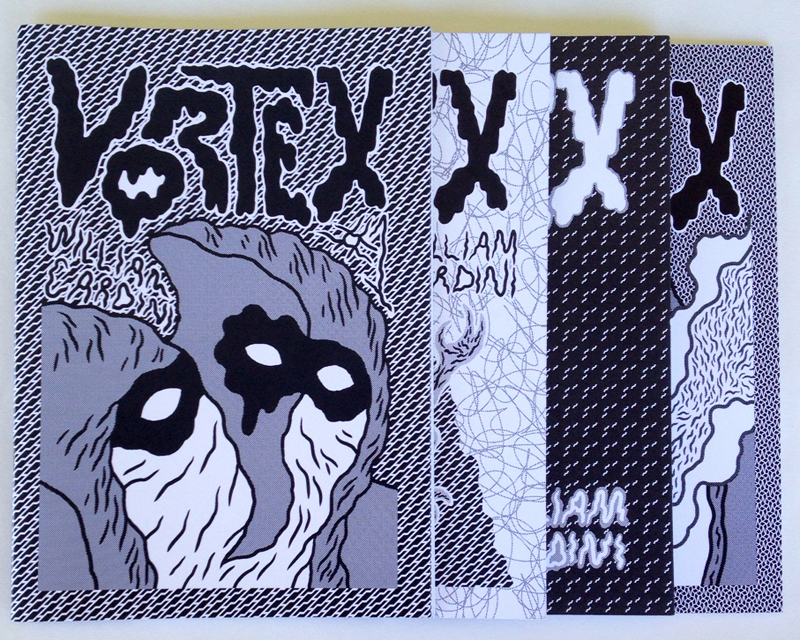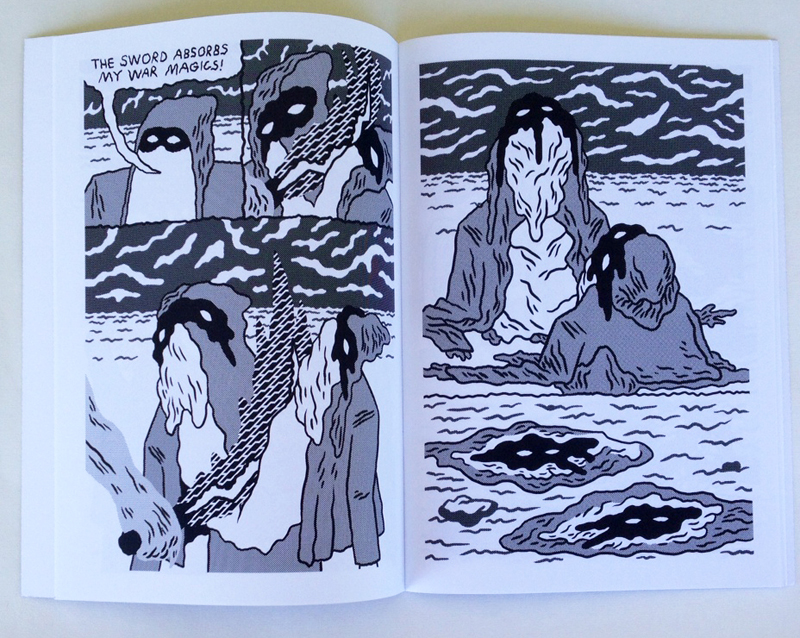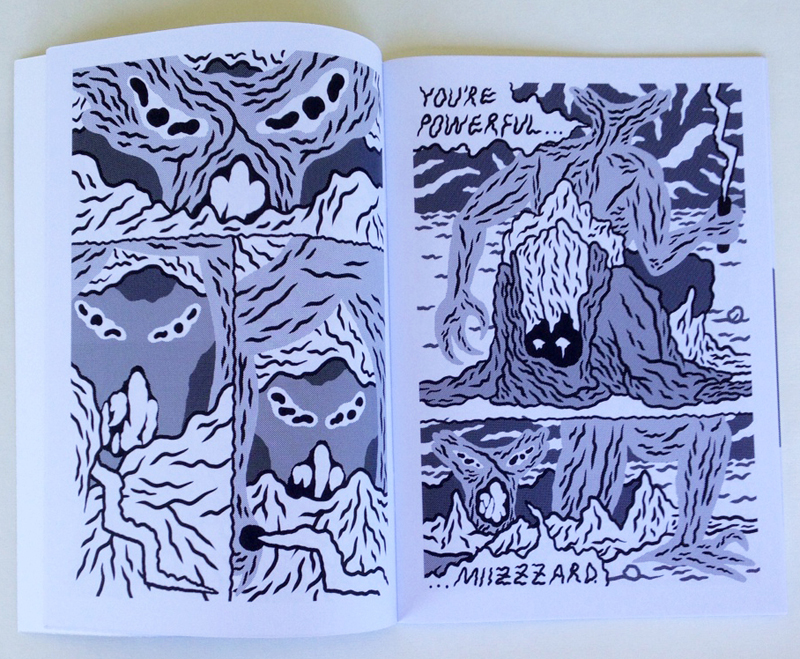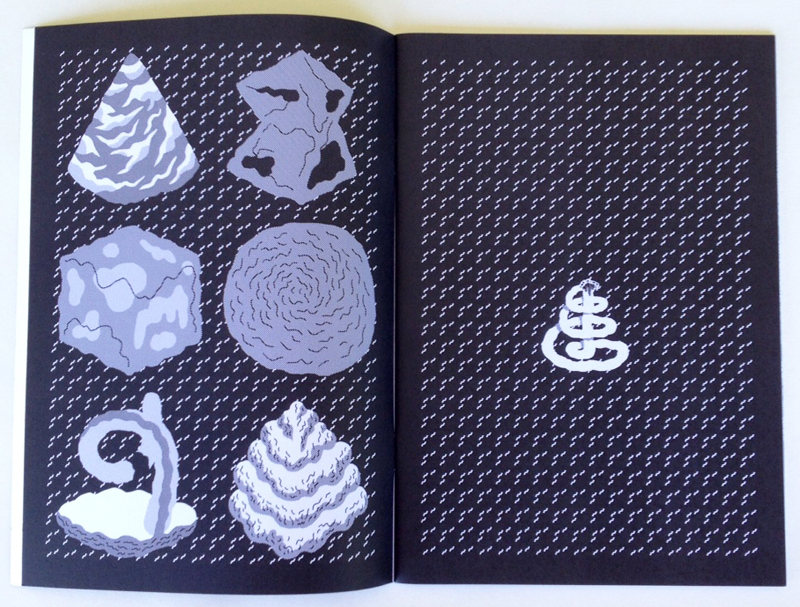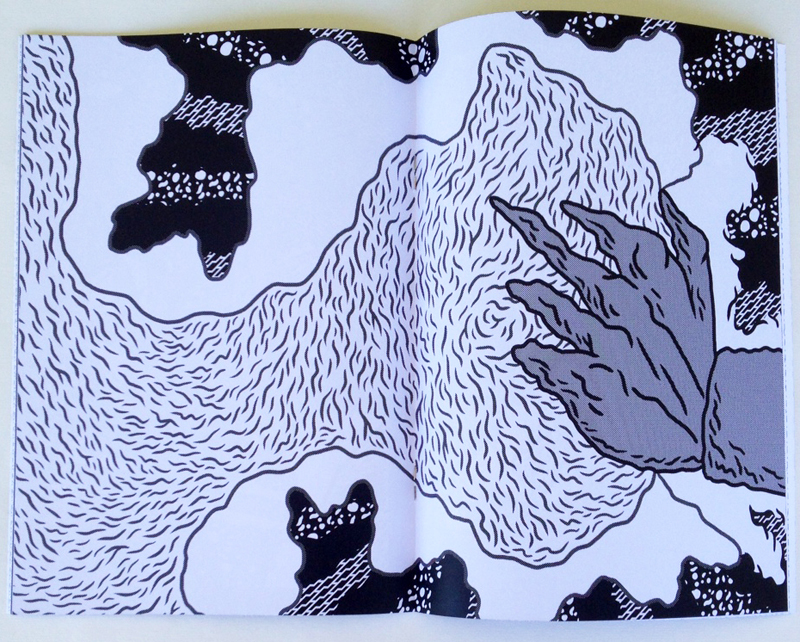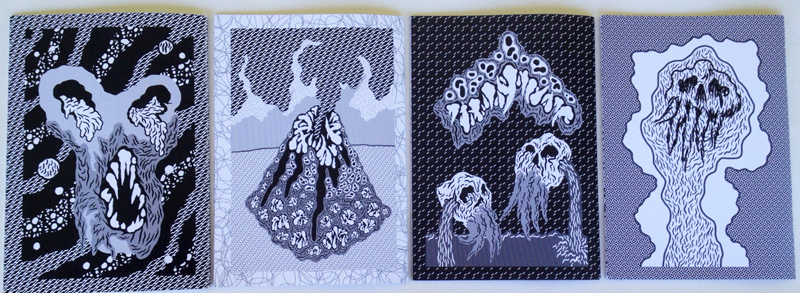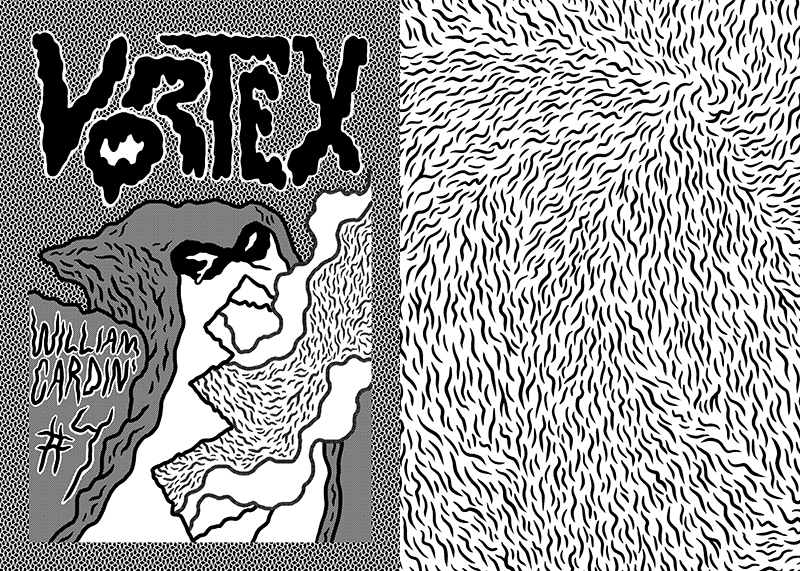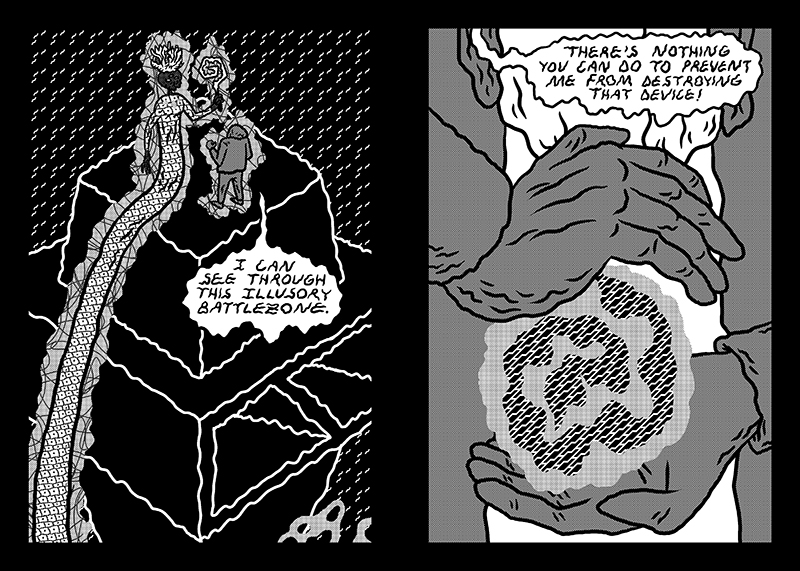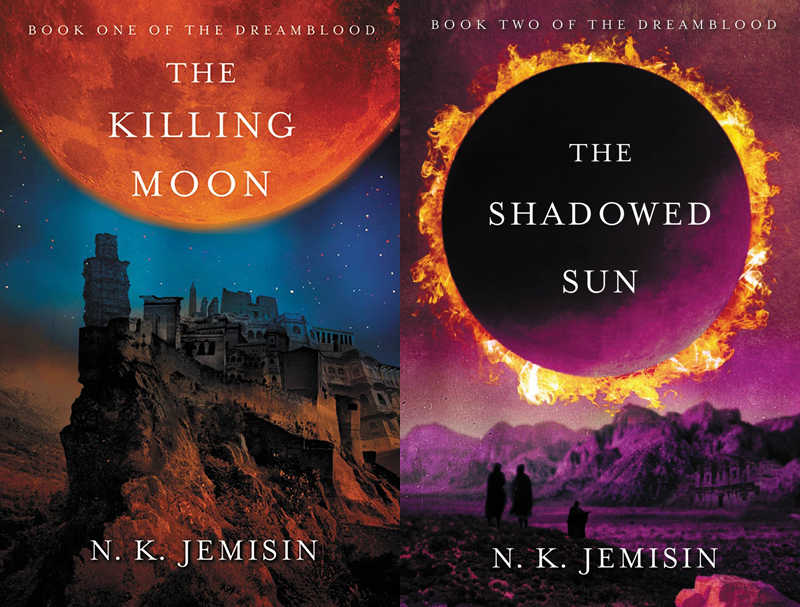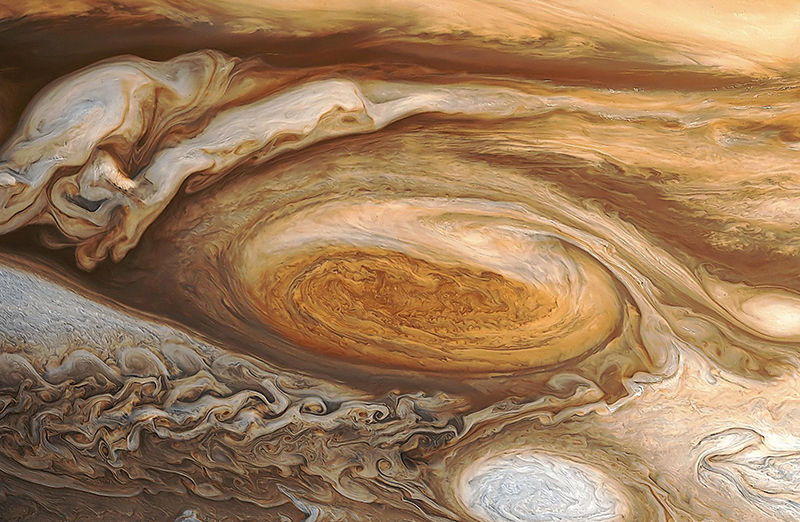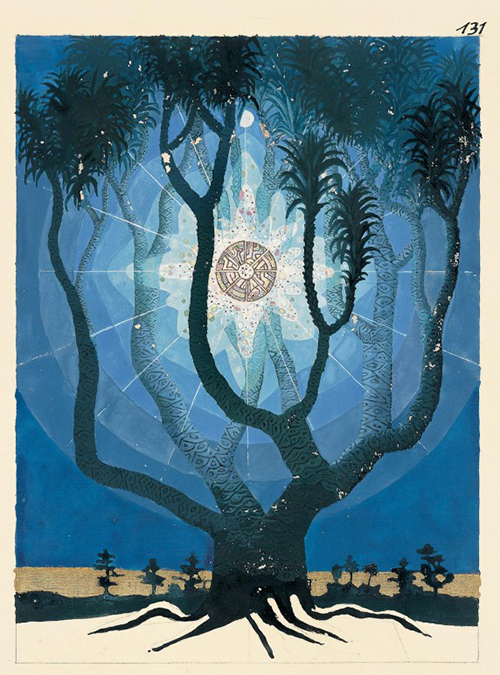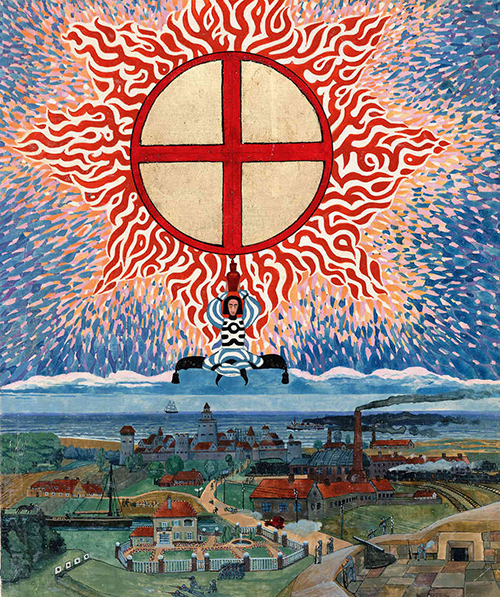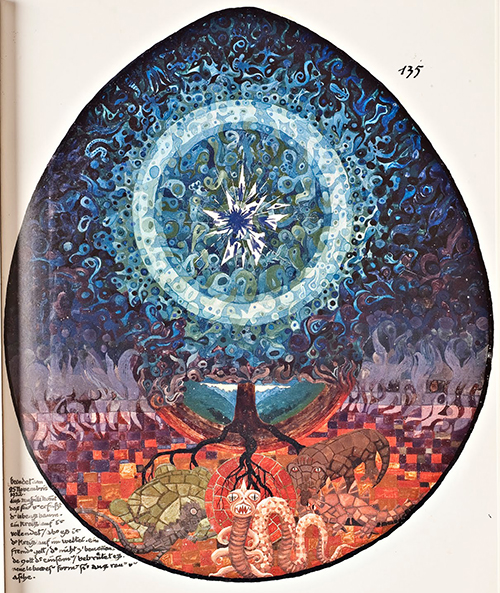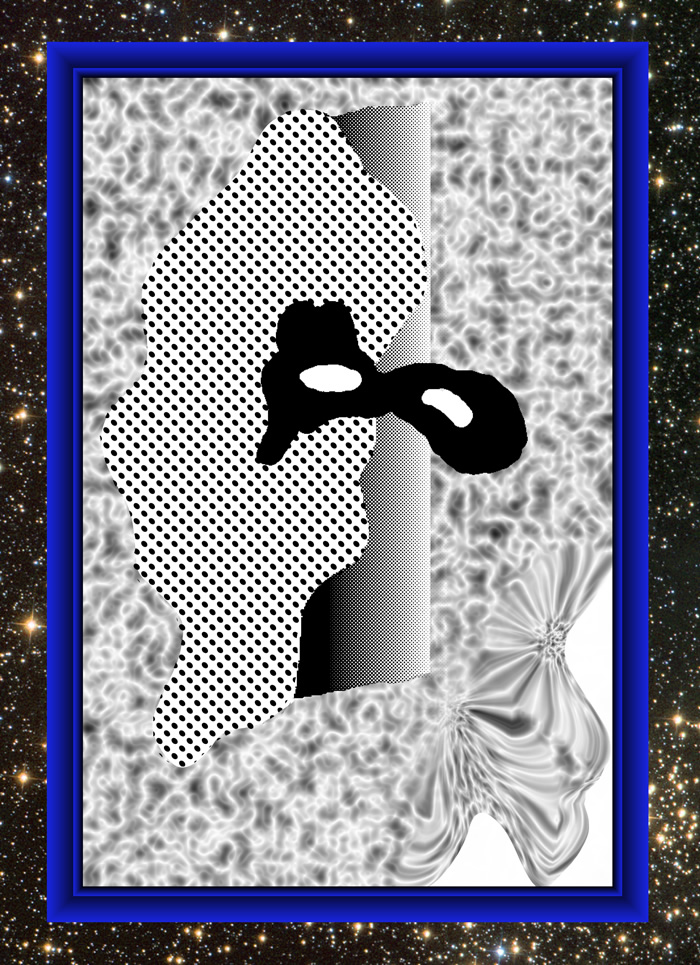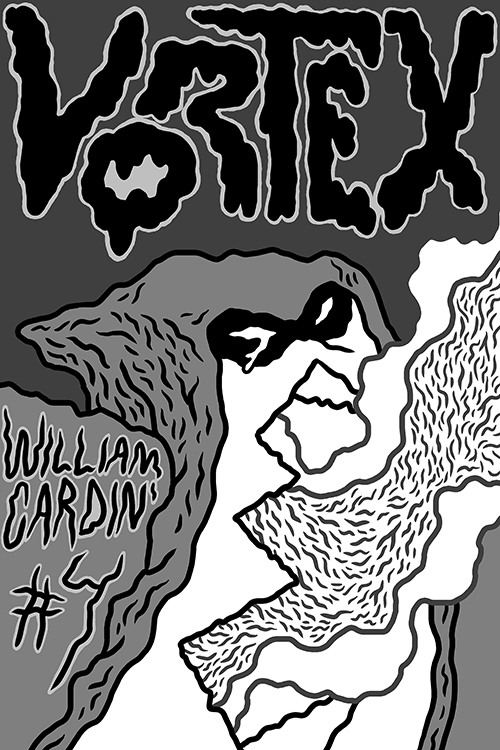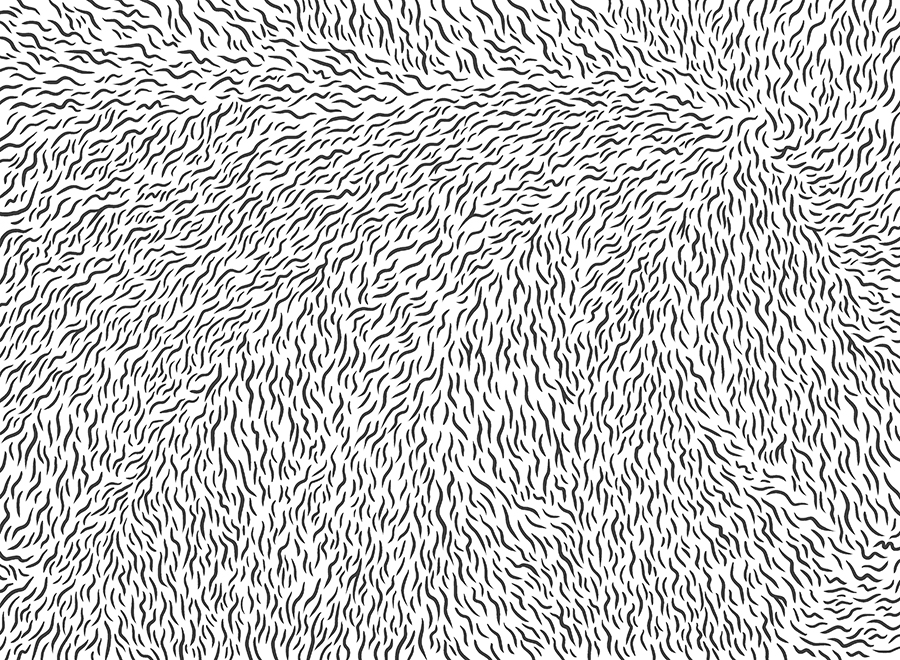October 31st, 2013
October 1st, 2013
September 27th, 2013
Vortex #2 Sold Out; One Vortex #1-4 Combo Pack Left
I realized yesterday that I only have one copy of Vortex #2 left in my personal inventory. So I’m not selling any more individual copies of Vortex #2 and I only have one Vortex #1-4 combo pack left. The combo pack is four dollars cheaper than ordering each issue individually. You can order it in my store.
Vortex #2 is still available through other stores and distros: Farewell Books in Austin, Birdcage Bottom Books, Quimby’s, Sparkplug, Telegraph Gallery, Wow Cool, and some other places I’m probably forgetting (sorry I’m sleep deprived).
September 24th, 2013
Hypercrystalbaby
It’s been a while since I’ve posted, but I’ve got an excellent excuse: I’m now the father of a beautiful, strong, and healthy baby girl!
It’s hard to describe the swirling flood of emotions I’ve been immersed in in the months leading up to her birth and the weeks since, but I truly feel like my world has expanded immeasurably. I’m also more committed than ever to drawing comics and showing my daughter that our lives don’t have to just be day jobs, shopping sprees, and dreary broken dreams. I want to show her a world of joy, unbearable cuteness, and play. I want to show her a world where she can be whatever she imagines, whoever she is, a world where her choices aren’t constrained or predetermined by patriarchy. I hope that I can live up to my parenting ideals and that, when I fail to meet them, I don’t let that stop me from continuing to try. I hope that she knows I love her and that I’ll be there for her. <3 I’m going to post her when I can – this is my home on the Internet and I won’t abandon it – but if you want to see what I’m up to more regularly, follow my my Hypercastle Tumblr. Even if I won’t be completing another 128-page graphic novel anytime soon, I’m going to make a commitment to myself to draw in my sketchbook regularly.
August 27th, 2013
Drawing for Sparkplug Books
I drew a splash page image for the Sparkplug Books site, check it out:
Sparkplug has Vortex #1-3 in their shop.
August 15th, 2013
Vortex #1-4 Combo Pack
I’ve added a Vortex #1-4 combo pack to my store. $20 plus shipping for the complete psychedelic adventure: 128 pages of sf madness, melting forms, digital lines, and thick textures. Here are some photos my wife, Glade Hensel, took of the issues:
July 26th, 2013
Vortex #4 Preorder
I sent Vortex #4 to the printer on Wednesday so I’ve put it up for preorder in my store. Here’s a preview:
The preorder price is a dollar off until I get the books in early August. At that point I’ll start shipping out preorders and raise the price to the same as the other issues.
July 9th, 2013
The Dreamblood Duology by NK Jemisin
I’ve just finished the Dreamblood duology by NK Jemisin, and I can unequivocally say it’s one of my favorite fantasy series. These books, The Killing Moon and The Shadowed Sun, now sit next to LeGuin’s first three Earthsea books and Hobb’s Farseer series on my mental shelf.
Covers by Marc Yankus.
Maybe partially it’s fatigue from overexposing myself to Westeros, but the beautiful writing and novel setting of this duology gave me a serious buzz. Although it’s not explicitly stated in the text of the novel itself, but rather in an interview afterwards, this secondary world fantasy takes place on a moon orbiting a gas giant. The gas giant itself dominates the narrative as the banded Dreaming Moon, which rises and sets over a civilization based on ancient Egypt and its neighbor Nubia.
The Great Red Spot of Jupiter. Photo taken by NASA’s Voyager 1 mission. I’ve always been intrigued by gas giants. It would be amazing to live on a moon orbiting one and see it rise and set.
I spent most of my childhood lost in imaginary quasi-medieval settings, so I get their allure, but so many fantasy books seem constrained by these tropes. In the aforementioned interview, Jemisin speaks about the difficulty of making a setting feel real without relying on the familiar tropes of castles and knights, but she succeeds. Jemisin goes even further by throwing out so much of what is recognizably Egyptian – pharoahs and pyramids – instead we get ninja priests and Jungian dream magic. But it’s all grounded by the annual floods of a river enveloped by a vast desert.
An image from Carl Jung’s Red Book, one of Jemisin’s inspirations.
Another similarity to Earth is that most of the people in this imaginary Egypt, a civilization called Gujaareh, are people of color. Citizens of the Nubian analog, Kisua, use skin color as a sign of social rank – the darker your skin, the more noble your family. There are several characters that an American would identify as white people, but they are secondary characters, Northern barbarians. My mind’s default setting is to imagine that the characters in the novels I’m reading are white unless it’s explicitly stated otherwise. It’s mind expanding to have that assumption, which comes from my privileged position as a white man in America, reversed.
Another image from Carl Jung’s Red Book.
I wish more novelists were brave enough to take what should be the default premise of a fantasy novel – this is a different world and anything goes – as far as Jemisin has in these novels. But enough about what makes The Killing Moon and The Shadowed Sun different. What makes them similar to the best fantasy novels is that they have an exciting plot; an interesting, socially integrated magic system; and deftly done exposition. At its beginning, The Killing Moon is a swirl of unfamiliar terms that are slowly defined through dialog and action rather than chunks of exposition. The plot progresses similarly. There are political schemes behind closed doors but we don’t see the truth until the climax. I enjoyed the emotional journey of the characters in the second book better because we see their relationships develop. In the first book, we’re told about the strong, complex love between a mentor and his apprentice, but their bond was formed before the book begins and it doesn’t waver. Although the plots of the books are linked, they focus on different people and have their own resolutions. At the heart of these novels are troublesome moral questions – Can murder ever be justified? What price should a society pay for peace? Jemisin doesn’t give us any easy answers. She looks at these questions through the eyes of many fully realized characters, both male and female, gay and straight, with diametrically opposed yet reasonable viewpoints.
A third image from Carl Jung’s Red Book.
I highly recommend these novels to anyone looking to explore new territory in their imaginations.
June 25th, 2013
Gabriel Corbera Drawing the Miizzzard
Check out this amazing drawing that Gabriel Corbera made of the Miizzard:
I’m a big fan of Corbera’s comics, especially his Monday Suicide series, an out-there mashup of thick black lines, patterns, monsters, and male pattern baldness.

